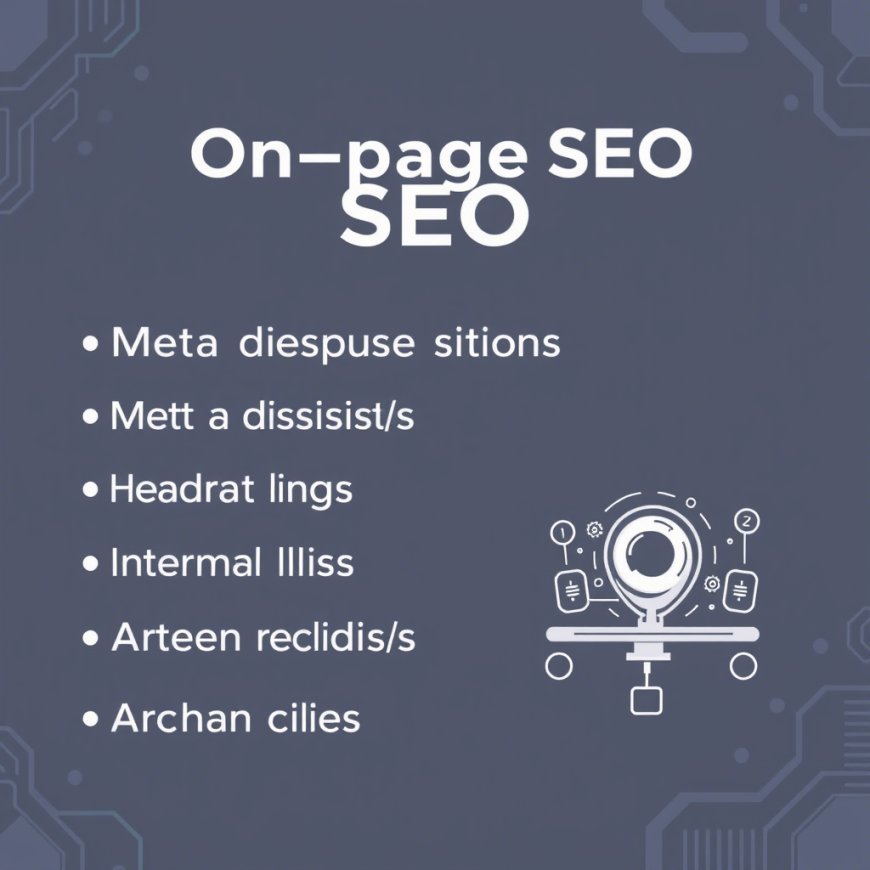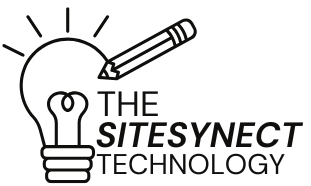On-Page SEO Checklist for AI Blogs
Master on-page SEO for AI-generated blogs! Follow this 2024 checklist to optimize content, boost rankings, and align with Google’s E-E-A-T guidelines.

Introduction
AI-generated blogs are reshaping content creation, but without proper on-page SEO, even the smartest tools can’t outrank human competitors. Google’s 2024 updates demand quality, relevance, and user-first experiences—whether your content is written by humans, AI, or both. This guide delivers a step-by-step on-page SEO checklist tailored for AI blogs, ensuring your posts meet search engine standards while captivating readers.
Why AI Blogs Need Specialized On-Page SEO
-
Quality Control: AI can produce fluff or inaccuracies without human oversight.
-
E-E-A-T Compliance: Google prioritizes Experience, Expertise, Authoritativeness, Trustworthiness—AI content often lacks these signals.
-
Competitive Edge: 67% of marketers use AI for content (HubSpot, 2024), making differentiation critical.
The 2024 On-Page SEO Checklist for AI Blogs
1. Pre-Publish Content Audit
-
Fact-Check Rigorously: Use tools like Originality.ai to verify accuracy and originality.
-
Tone & Brand Alignment: Run AI drafts through Grammarly or Hemingway to ensure consistency.
-
Keyword Intent Matching: Confirm AI content aligns with user intent (informational, commercial, etc.) using Surfer SEO or Clearscope.
2. Optimize for E-E-A-T
-
Author Bios: Add human author credentials (even if AI-assisted) with expertise links (e.g., LinkedIn).
-
Cite Trusted Sources: Link to .gov, .edu, or industry-leading sites.
-
Disclose AI Use: Build trust with a brief note like, “This post was created with AI assistance and reviewed by [Expert Name].”
3. Technical SEO Essentials
-
Mobile-First Design: Ensure responsive layouts (test via Google Mobile-Friendly Test).
-
URL Structure: Use short, keyword-rich slugs (e.g.,
/ai-seo-checklist-2024). -
Header Tags (H1-H6):
-
H1: Primary keyword (e.g., “On-Page SEO for AI Blogs”).
-
H2/H3: Long-tail keywords (e.g., “How to Optimize AI-Generated Meta Descriptions”).
-
-
Internal Linking: Link to 2-3 relevant pillar posts (e.g., “Best AI Writing Tools for SEO”).
4. Content Enhancements
-
Add Multimedia: Embed videos, infographics, or interactive charts to boost dwell time.
-
FAQ Section: Answer “People Also Ask” questions (e.g., “Does Google penalize AI content?”).
-
Readability Fixes: Break text with bullet points, subheadings, and short paragraphs.
5. Keyword & Metadata Optimization
-
Title Tag: ≤60 characters with primary keyword (e.g., “AI Blog SEO: 2024 On-Page Checklist”).
-
Meta Description: ≤160 characters, action-oriented (see our meta description above!).
-
Alt Text: Describe images for accessibility and keyword relevance (e.g., “AI SEO optimization dashboard example”).
-
Semantic Keywords: Use LSI terms (e.g., “machine learning content,” “automated SEO tools”).
6. Speed & Performance
-
Compress AI-Generated Media: Use ShortPixel or TinyPNG for images.
-
Lazy Loading: Delay off-screen image/video loads with plugins like WP Rocket.
-
Cache Static Content: Leverage Cloudflare or hosting-specific caching.
7. Post-Publish Actions
-
Monitor with Google Search Console: Track impressions, clicks, and keyword rankings.
-
Update Regularly: Refresh AI blogs with new data or trends (e.g., “Updated for Google’s March 2024 Core Update”).
-
Encourage Social Shares: Add click-to-tweet snippets or LinkedIn share buttons.
AI-Specific SEO Pitfalls to Avoid
-
Keyword Stuffing: AI tools over-optimize. Use Frase to check keyword density (aim for 1-2%).
-
Thin Content: Expand AI drafts with original insights or case studies.
-
Ignoring Structured Data: Add FAQ or How-To schema markup to enhance rich snippets.
Tools to Automate On-Page SEO for AI Blogs
-
Surfer SEO: Analyzes top-ranking pages and recommends optimizations.
-
MarketMuse: Identifies content gaps in AI drafts.
-
Yoast SEO (WordPress): Streamlines readability and metadata checks.
-
ChatGPT-4 + Plugins: Generates SEO-friendly outlines and meta descriptions.
Conclusion
AI blogs can dominate search results—if you treat them like human-authored content. By combining AI efficiency with strategic on-page SEO, you’ll satisfy both algorithms and readers. Start with this checklist, refine based on performance, and stay ahead in the AI-driven content race.
What's Your Reaction?
 Like
0
Like
0
 Dislike
0
Dislike
0
 Love
0
Love
0
 Funny
0
Funny
0
 Angry
0
Angry
0
 Sad
0
Sad
0
 Wow
0
Wow
0






































